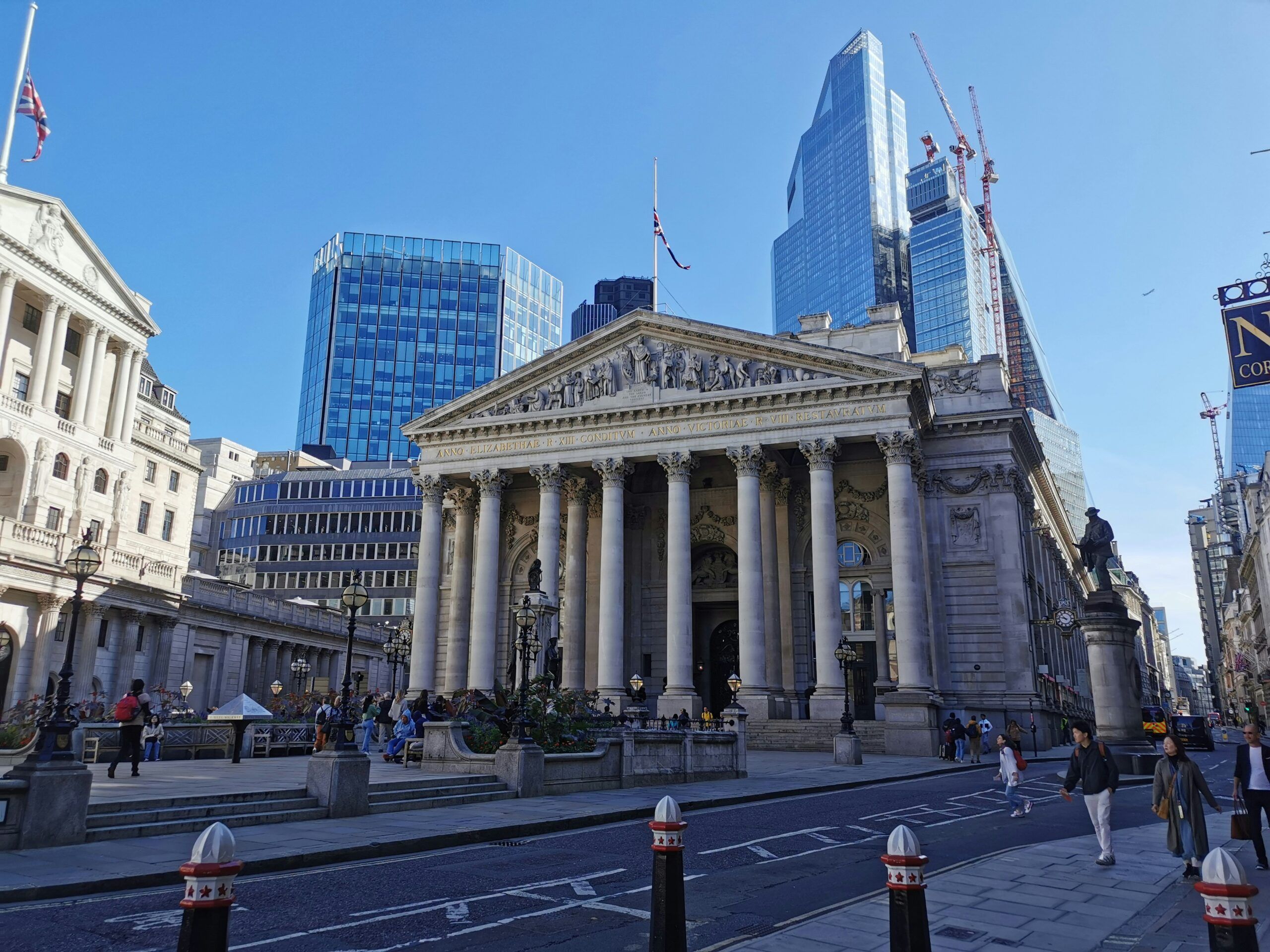Are Banks Using the Phrase ‘Non-Inclusive’ as an Excuse to Debank Clients?
What exactly do the words ‘Debank’ or ‘Debanking’ mean in today’s financial world? In simple terms a bank can close, without notice or recourse, an individual’s or company’s bank account because the bank may consider them to be a financial, regulatory, legal risk or a risk to their reputation. Usually, banks are required to give two months’ notice but in the cases of money laundering, associations with terrorism, illegal arms trading and drugs, accounts can be frozen then closed straight away. However, the big concern is when banks debank clients who are innocent but come under the ‘not inclusive’ banner.
What is the meaning of not inclusive or non-inclusive? These terms have become highly politicised over the years, but essentially, they mean to undermine the dignity and worth of the person or people targeted. They convey a message that the individual does not belong or is inferior, based on elements of their identity they cannot control such as ethnicity, gender, sexual orientation, race and other characteristics. However, innocent individuals devoid of any financial crime as stated above are still being debanked, and to wake up one morning to find that all your banking facilities have been taken away must be stressful in the extreme and have a massive impact on mental health wellbeing.
At the end of March 2025, the EBA (European Banking Authority) said de-risking or debanking is a major problem for the EU consumer, with ‘Unwarranted’ de-risking the third most relevant issue, with fraud and indebtedness the two most important issues. They pointed out that debanking affects the most vulnerable consumers, such as migrants, refugees and the homeless, and this group is being debanked not only in Europe but in the United Kingdom, the United States and elsewhere in the world. But there is also a group who are not homeless or migrants, but honest businessmen and individuals who are being debanked because they do meet the inclusivity that banks stand for*.
*Nigel Farage – is a member of parliament in the United Kingdom and is a right-wing MP and leader of the reform party. In 2021, the NatWest Bank Group debanked Farage for allegedly falling below account thresholds at their wholly owned private banking and wealth management subsidiary Coutts & Co. It subsequently turned out that his politics did conform to the ideals held by the bank and its directors so Farage was debanked, but after a two-year court case NatWest settled out of court and therefore the political angle was never proved.
Analysts suggest that many high-net-worth individuals and companies are targeted for debanking because their businesses or political beliefs do not conform to the inclusivity standards set by the bank or financial institution. The word inclusivity is actually masking the fact that the bank does not like the individual or company concerned, yet despite the total innocence of these people and companies they get debanked. This has been prevalent in the United States where crypto e.g. Bitcoin et al had become a challenge to traditional banks. It was alleged that senior crypto figures and companies were unfairly debanked when the Biden administration put pressure on banks to start debanking this group.
Whilst nothing can be proved, many experts feel that there is a lot of debanking going on just because the client does not fit the political or moral parameters of banks and their directors. As long as no laws have been broken these financial institutions should not be closing these accounts and remember there is no recourse, just thank you and goodbye. In 2024 the United Kingdom saw circa 407,000 accounts closed with many more being closed across Europe and the United States. The impact of such actions can devastate families and lead to depression and mental anxiety.
IntaCapital Swiss SA Geneva has total inclusive values but we are perturbed about the injustices being handed out to banking clients who have never broken any laws but are allegedly thrown out onto the streets for having incompatible views with the banks and their directors. If you have been debanked and are of a high-net-worth, we will be pleased to hear from you and look forward to helping you regain access to banking facilities.










